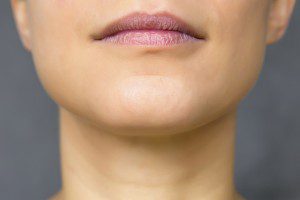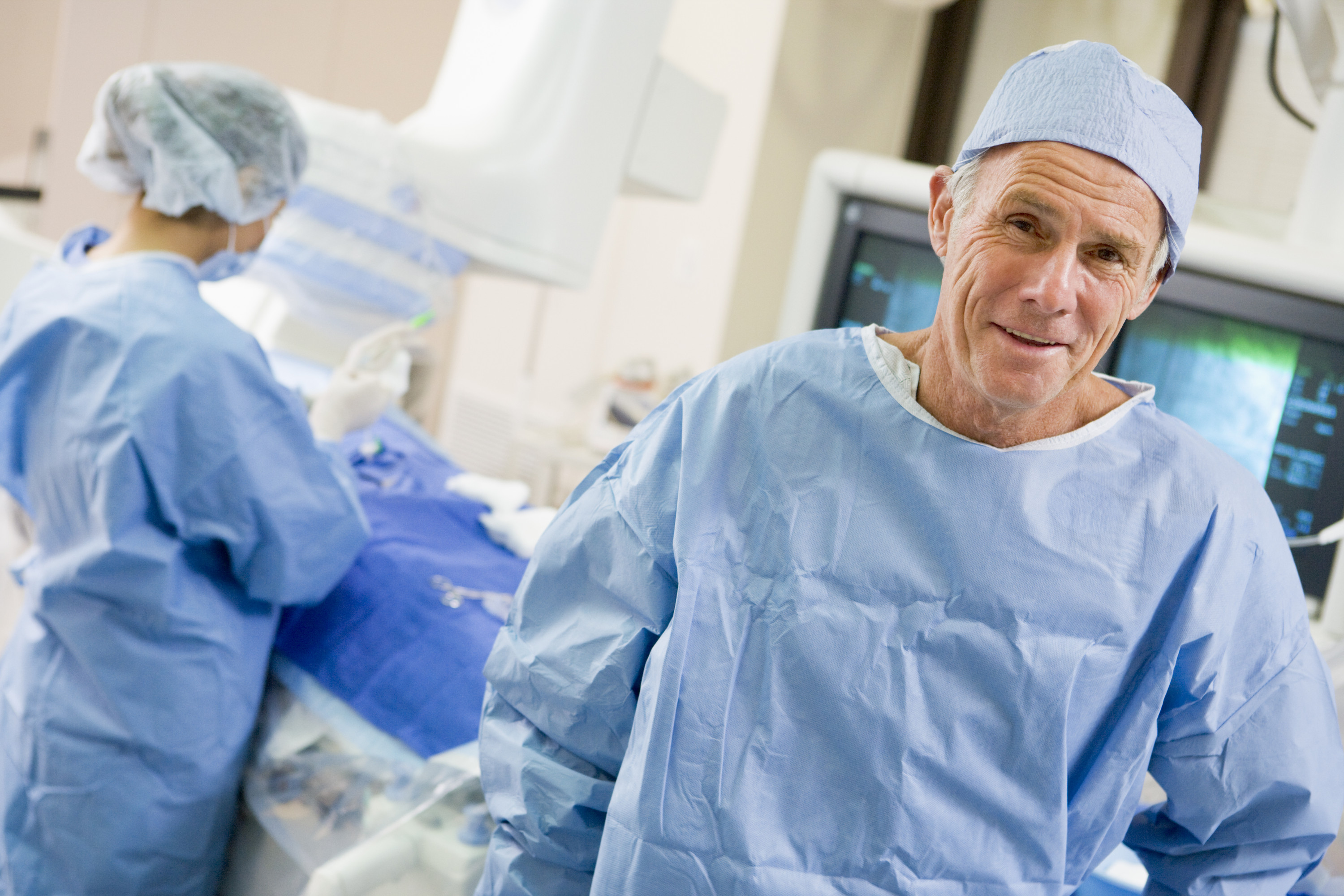Chin Surgery
-
Content written by Andrew Proulx, MD | Reviewed by EnhanceMyself Medical Team | Last updated 6/20/2023
- Overview
Overview
What is chin surgery?
Chin surgery, also known as mentoplasty – sometimes referred to as “genioplasty” – is the surgical reshaping of the chin. This involves either augmenting the chin by adding an implant (augmentation mentoplasty) or by reducing the size or prominence of the chin removing excess bone, or retracting the bone (chin osteotomy, and sliding genioplasty, respectively).
The chin plays a pivotal role in facial harmony, beauty, and character impressions. As such, those who feel they have a “weak” chin or, on the other hand, a chin that they consider too prominent, may be very bothered by the effect of their chin on their profile. A receding chin can also have important effects on physical health, most notably as a risk factor for airway obstruction and sleep apnea, which has serious overall health implications.
Regardless of an individual’s particular motivation for wanting a differently shaped chin, mentoplasty offers an opportunity to improve a cosmetic concern that can positively impact self-esteem and quality of life.
Cost of chin surgery
The average cost of chin surgery is $2,449 according to the American Society of Plastic Surgeons (ASPS). However, this only includes the surgeon’s fee. There are other factors that can affect the cost of your procedure, these include:
- Type of Chin Surgery: The specific type of chin surgery you’re undergoing will greatly affect the cost. For example, chin augmentation with implants or fillers will have different costs compared to chin reduction surgery.
- Surgeon’s Experience: The experience and reputation of the facial plastic surgery or plastic surgery specialist performing the procedure can influence the cost. Highly experienced surgeons often charge more for their services.
- Geographic Location: The cost of medical procedures can vary significantly from one geographic region to another. Major metropolitan areas or areas with a high cost of living may have higher prices than more rural areas.
- Facility Fees: The fees associated with the surgical facility or hospital where the procedure is performed can impact the overall cost. High-end facilities may charge more for their services.
- Anesthesia Fees: If the surgery requires anesthesia, there will be fees associated with the anesthesiologist’s services.
- Preoperative and Postoperative Care: Costs associated with consultations, postoperative check-ups, and any necessary medications or dressings can add to the overall expense.
- Implant or Filler Material: If you opt for chin augmentation with implants or fillers, the type and quality of the material used will affect the cost.
- Surgical Technique: The complexity of the surgical technique required can impact the cost. More complicated procedures may be more expensive.
- Additional Procedures: If chin surgery is performed in conjunction with other cosmetic procedures, such as rhinoplasty or facelift surgery the overall cost may be higher.
When taking all these factors into consideration, the total cost of chin surgery can range from $2,500 to $5,000.
Chin surgery performed for purely esthetic reasons is not covered by health insurance, although cases where the procedure is considered medically necessary may be covered.
Are you a candidate?

Are you a candidate for chin surgery?
Candidates for chin surgery are those who feel that their chin is out of proportion with the rest of their features, or those who have a medical condition that can be improved by chin surgery.
A plastic surgeon will assess your face and chin for size, symmetry, and position, so as to determine if chin surgery is right for you.
Your nose will figure heavily into the equation, because the size of the chin can significantly impact the apparent size of the nose, and vice-versa. A plastic surgeon may recommend chin surgery to a patient who is also undergoing nose surgery in order to achieve proportion in the facial features.
Chin surgery may also be performed for medical reasons, such as repairing a birth defect, damage due to trauma, correcting an abnormal dental bite, treating serious cases of sleep apnea or airway obstruction.
Good candidates for this procedure have specific and realistic goals regarding how they want the appearance of their chin to be changed.
In general, the best candidates are adults who are at or near a healthy weight and who are in good overall health.
Certain conditions, if present, may impact healing, the risk of bleeding, and infection, so they should be addressed and optimized prior to surgery. These include:
- Diabetes
- High blood pressure
- Smoking
- Certain medications (such as blood thinners, or corticosteroids)
- Active dental issues
As well, individuals are carefully assessed for underlying mental health concerns that may preclude them as candidates for this surgery, such as body dysmorphic disorder, or depression.
Chin surgery procedure
The exact procedure will depend upon whether the chin is being augmented or reduced, but the basic approach is the same in both types of mentoplasty. The standard technique involves an incision inside the mouth where the inside of the lower lip meets the base of the gums (horizontal mucoperiosteal incision). The steps that the surgeon will follow are:
- The patient is given a general anesthetic, and a local anesthetic is also injected.
- The incision is then made.
- Chin implants: The surgeon creates space for the implant by gently stretching the natural tissues. Then, a synthetic implant is placed in this space, where it augments the contours of the patient’s face to make the chin appear more prominent. It is also possible for a surgeon to transplant donor tissues, such as cartilage from a tissue bank, although this is less common than the use of artificial implants.
- Chin reduction: The surgeon trims the bone to a size that is more aesthetically pleasing. Excess fat and other soft tissues may be removed as well. The surgeon may re-position the bone, bringing it forward or back. This is done by cutting the bone and repositioning it, a “sliding genioplasty.” Titanium plates and screws are used to keep the bone in place if it was cut.
- Once all of the surgical work is complete, the incision is closed with sutures.
A chin surgery may also be done at the same time as other facial procedures such as a facelift, neck lift, or eyelid surgery.
Safety information
As with any surgery, chin surgery includes certain risks. Your surgeon will have a thorough discussion with you about these risks prior to your surgery. The main risks involved include:
- Bleeding and hematoma
- Scar formation
- Poor wound healing and wound re-opening (wound dehiscence)
- Infection and abscess
- Draining fistula (an opening from the deep tissues to the surface of the skin that drains fluid)
- Skin necrosis (death of portions of skin)
- Skin dimpling, bunching, or contracting
- Nerve injury with loss of sensation or drooping muscles
- Lower lip retraction
- Damage to the muscle that moves the chin and lower lip (mentalis muscle)
- Tooth root damage
- Abnormal bone healing
- Improper positioning or movement of the implant
- Asymmetry
- Overaugmentation or underaugmentation
- Dissatisfaction with the outcome
While that list of potential complications may seem overwhelming, it must be remembered that chin surgery is generally a safe procedure with few complications after the fact. Patient satisfaction is usually very high.
Recovery time
After chin surgery, the area is covered by a dressing. You will likely be prescribed oral antibiotics and a pain medication.
You will have to practice good oral hygiene – including the use of special rinses – for a few days, and you will have to perform daily dressing changes.
For the first week to ten days of recovery, expect to feel some degree of swelling, redness, and bruising, along with tenderness and discomfort. You may also experience discomfort when speaking, yawning, or otherwise moving your mouth.
Your ability to chew will be limited, requiring a liquid or soft food diet for a few days. Many patients find that their chin feels tight or stretched.
Return to work and other daily activities can be expected after about a week. Strenuous activity should be avoided for about four weeks.
EnhanceMyself.com relies on sources such as professional medical organizations, government agencies, academic institutions, and peer-reviewed scientific journals to write it’s articles. Learn more about how we ensure our content is accurate, in-depth, and unbiased by reading our editorial guidelines.
*Medical Disclaimer: This website does not provide medical advice. Read more.



